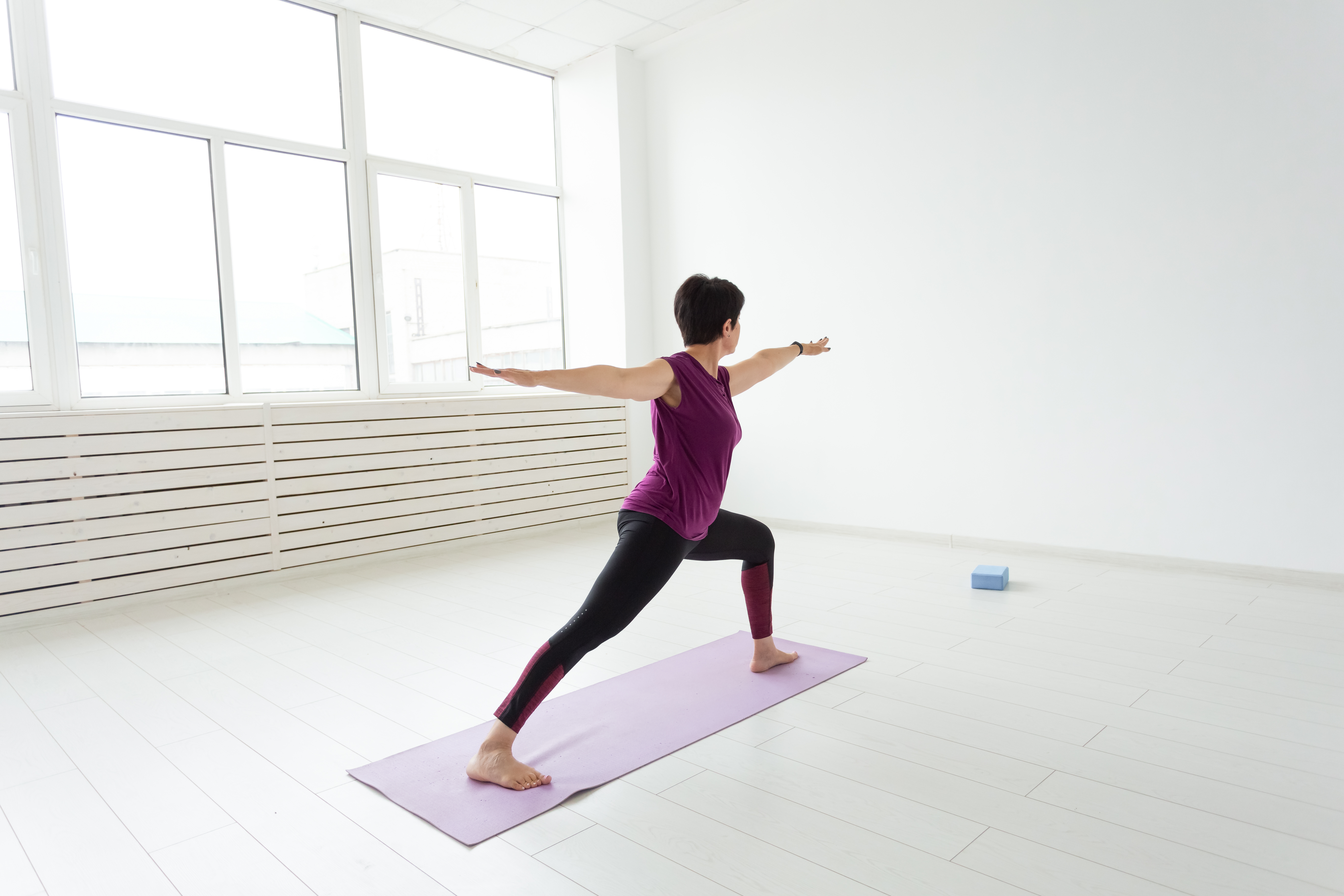31 Simple Strength Habits That Slow Aging After 50
Getting older doesn’t mean getting weaker—it means getting smarter about how you stay strong. After 50, strength is more than just muscle—it’s mobility, balance, confidence, and the ability to live fully on your own terms. You don’t need punishing workouts or a gym membership to hold on to your power—you need habits that actually work with your lifestyle. That’s why we’ve expanded our guide to 31 Simple Strength Habits That Slow Aging After 50—realistic, science-backed routines that help preserve muscle, protect your joints, and keep you energized for the long haul. These habits are easy to start, easy to stick with, and designed to help you move through life with stability, strength, and self-assurance. Whether you're walking the dog, climbing stairs, or carrying groceries, your body can still do incredible things—if you train it right. Aging isn’t a decline. It’s an opportunity—to stay strong, stay sharp, and keep showing up for your life.
1. The Power of Consistent Resistance Training

Resistance training is a cornerstone of maintaining strength and muscle mass as we age. After 50, muscle loss accelerates, potentially leading to decreased mobility and increased risk of falls. Incorporating resistance training into your routine can counteract these effects, preserving muscle strength and enhancing bone density. This doesn't mean you need to lift heavy weights; even bodyweight exercises like squats, lunges, and push-ups can be highly effective. Consistency is key. Aim for at least two to three sessions per week, focusing on all major muscle groups. Resistance training not only strengthens muscles but also improves metabolic health, reduces the risk of chronic diseases, and boosts mental well-being. By committing to this habit, you're investing in a stronger, healthier future.
2. Flexibility and Balance: The Unsung Heroes

While strength is crucial, flexibility and balance are equally important in the aging process. As we age, our muscles and joints naturally become less pliable, increasing the risk of injury. Incorporating activities like yoga or tai chi can significantly enhance flexibility and balance, reducing the likelihood of falls and improving coordination. These practices also offer mental health benefits, such as stress reduction and improved focus. Flexibility exercises should be performed regularly, ideally every day, to maintain joint health and prevent stiffness. Balance exercises, such as standing on one leg or heel-to-toe walking, can be easily integrated into daily routines. By prioritizing flexibility and balance, you create a foundation for a more agile and resilient body.
